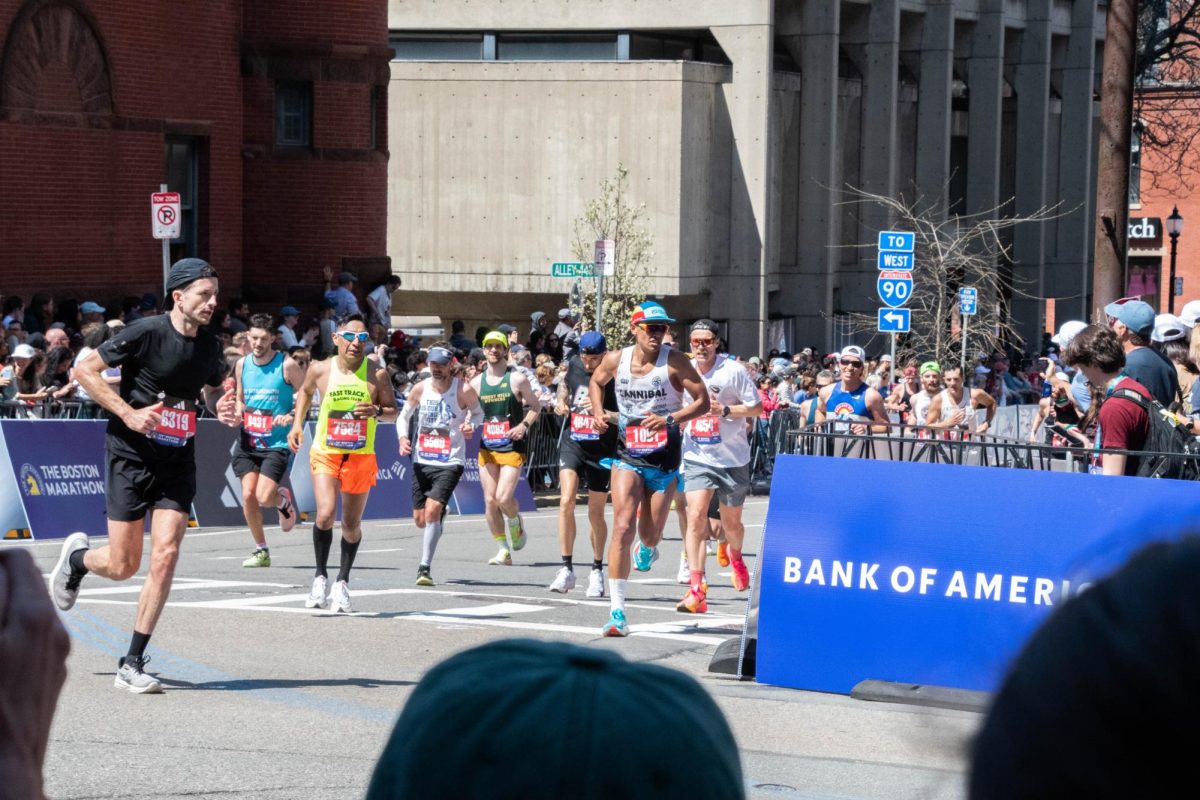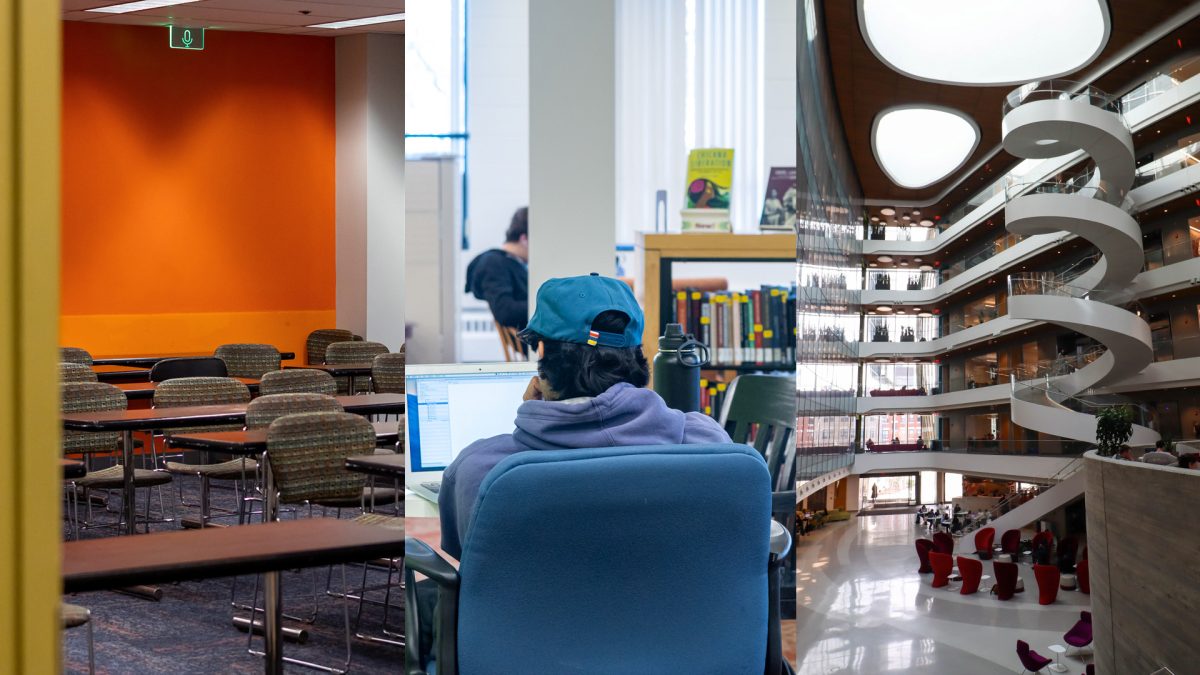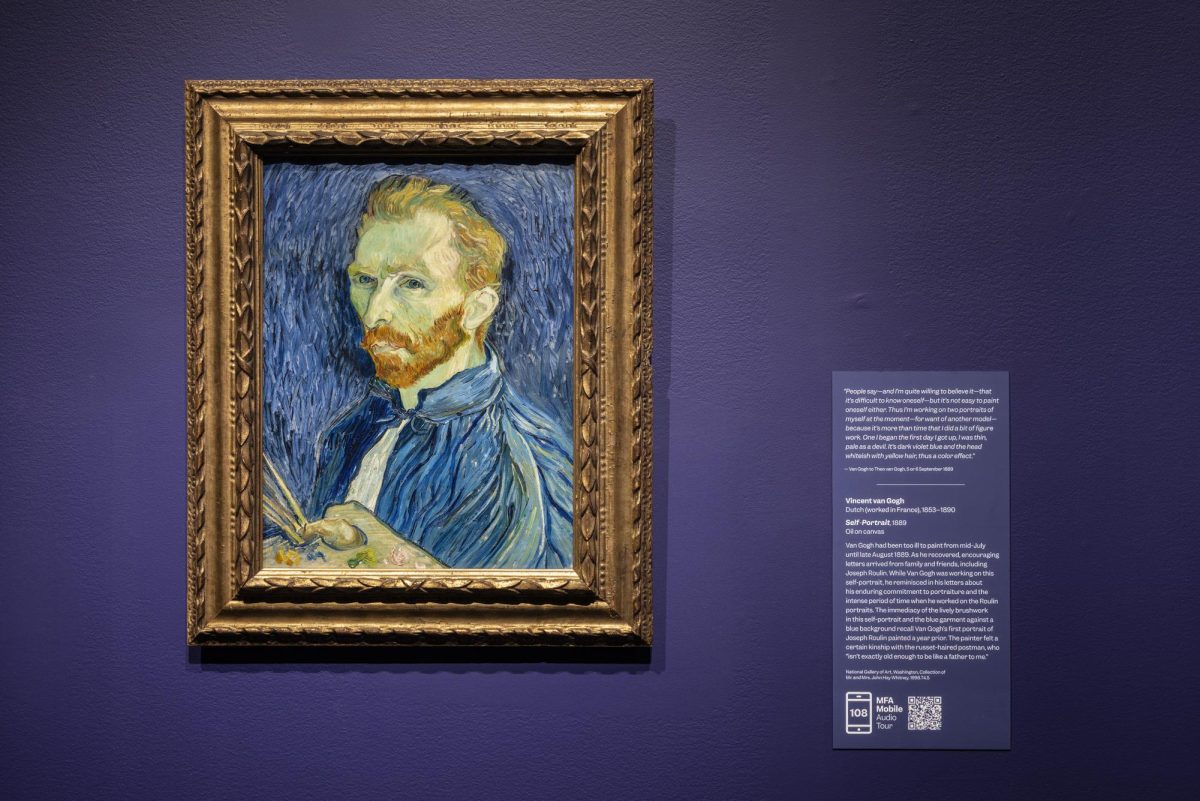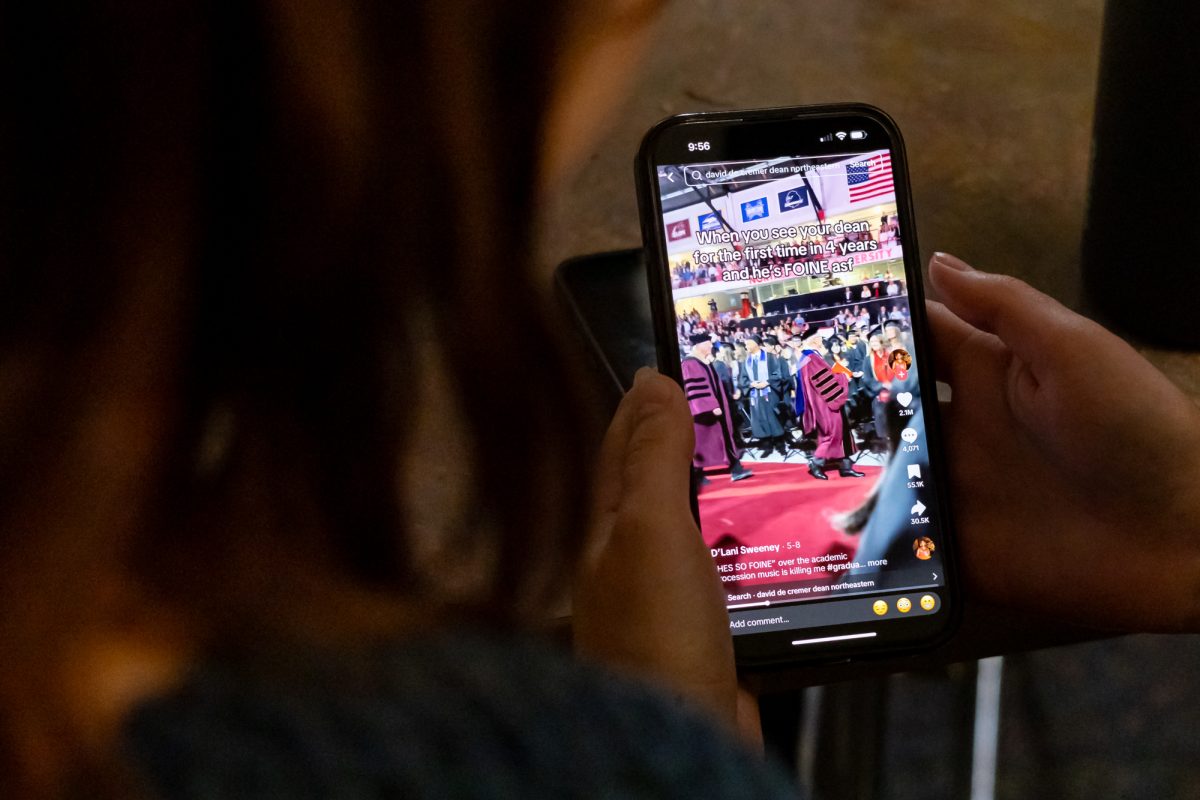By Connie E, Arts & Entertainment columnist
It has been two years since the People’s Climate March, the largest of its kind in history, took place in New York City. Many of us can still recall the anger, energy and hope evoked by that historic day, but few paid attention to the visually striking artworks that made the event so memorable.
For Rachel Schragis, the arts team coordinator of the march, art is a tool that helps make real change possible. A visual artist by training, Schragis chooses to fight injustices using her paintbrush and creativity. Her first project, completed over the course of seven years, is a six-inch high, 90-foot long canvas that presents the multiple facets of the climate movement like a movie.
Unlike conventional artworks, the piece is presented by a group of people standing in a circle, humming a melody as it is unfolded and passed around from one person to the next. In the meantime, the facilitator will start singing a song, composed by Schragis, with a message about all grievances being connected.
Art gives Schragis the unique perspective to be able to identify the abstract from the mundane. While the scroll paints specific symptoms of climate change, such as a storm, a drought or an abandoned town, it is not complete without participation from the audience. “It’s a piece of art that runs on social movement,” as Schragis puts it.
Ryan Camero from SustainUS, a youth-led organization advancing justice and sustainability, is one of the instrumental organizers who recognized the scroll’s potential in helping to build a sense of unity and connection through the singing activity.
“For the scenes unfolding right in front of your eyes as it’s moving through the circle, especially with the stories portrayed in it, you could really feel a sense of collective empathy on all of those different struggles that encapsulate the climate movement,” Camero said.
It was a need that people had to see themselves connected to something bigger. The people that are on the frontlines of climate crises around the world rebuilding cities, fighting against infrastructure projects, fighting for greener job economies and struggling with droughts – they don’t necessarily say “I am the climate movement,” but they’re doing the work.
Three years after its creation, the scroll has travelled around the country and across the world with SustainUS, the Paris climate summit being one of the milestone stops.
In what ways can people see that they’re part of a bigger movement? Out of this question, Schragis made a new image that pulls photographs from different places in which people are confronting climate change. Every figure in the image comes from a photograph depicting people either impacted by climate change or fighting against it.
“It was important for me not to show people suffering but to show people responding and building power,” said Schragis.
Starting within the SustainUS community and its delegation to the 22nd United Nations Climate Change Conference in Morocco this November, the new image will be a catalyst for everyone to start having more intentional conversations about interlinking movements. Whether as an educational tool in workshops or an exhibition piece in public spaces, it will be a constant reminder of the galvanizing power of art if we coordinate our expressions together.















